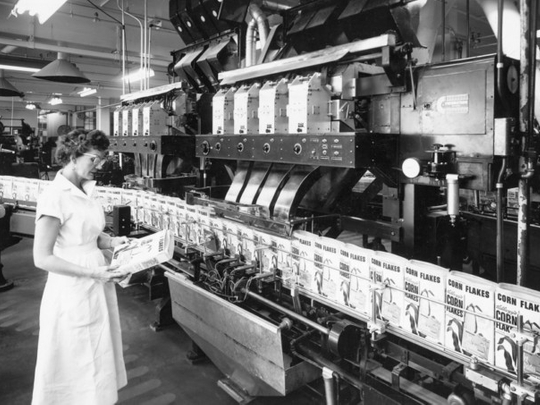
If you are a frequent flyer, you will probably be used to cabin crew greeting you by your name as soon as you take your seat. But the next time you step on a British Airways (BA) flight, be prepared to be addressed by your name even while still making your way towards your seat.
In an effort to enhance customer experience, BA encourages its cabin crew to search for passenger pictures on Google so that they can recognise and address them by name as soon as they board the plane.
This is only a small, but perhaps significant example of how technology is increasingly embraced in the loyalty industry. Significant because the airline industry does not necessarily have the reputation of being at the forefront of deploying new technologies. The industry is, as a matter of fact, not short of technologies and applications but these develop much faster than they are deployed.
Of late, however, you can see more players linking different aspects of these technologies. If a company launches an innovative mobile technology, for instance, an app, there is a fair chance that it attracts attention through social media sites such as Facebook.
Changing face of loyalty
Most of these new opportunities aim at enhancing the customer’s experience and hence confirming loyalty — some indeed achieve these objectives. Initially this was the role of loyalty programmes but many of these programmes struggle to redefine their role in this new world. The surge of new technologies has taken them, in many cases, a bit by surprise and they were not prepared for customers expecting more than their set formula of — you pay me now and I might give you something back later.
While their role requires some redefining, loyalty programmes are nevertheless far from becoming obsolete. They are still important in the process as they remain the main and most reliable data source. It is therefore absolutely imperative that companies manage to attract customers into their loyalty programmes and generate an interest among them. Many loyalty programmes might not succeed in creating loyalty on their own any more but they are still vital in the process.
Although the future existence of loyalty programmes might not be in danger, a threat comes from a different angle — the customers. The gap between what is discussed in loyalty departments around the world and the behaviour of customers is widening each day. Not only are any double-points promotions less powerful than they used to be in the early days of modern loyalty programmes but customers are increasingly empowered to decide for themselves to which degree they want to enter into a relationship with the companies.
You can choose not to like a company on Facebook, but that doesn’t mean you don’t really like it. If you don’t circulate your pictures on the web for considerations of privacy, the BA crew will have a hard time. Or you may download a useful app, but react aggressively if the company takes this as an invitation to spam you with unrequested information.
Customers today cherry-pick the elements they want to get from companies and focus on what they need. In such an environment it is progressively difficult for companies to find the right loyalty strategy and a one-to-one relationship obviously remains wishful thinking on part of any large company.
Know your customers
Lifestyles around the world are becoming more individualised and globalised at the same time. Even if a company operates a primarily local programme, the customer expectations are hardly homogeneous. Quite often companies make assumptions about their customers that might only apply to a small part of the customer base.
Knowing your customers (KYC) is the new buzzword in relationship marketing. While companies get better at using the customer data they have, the initial knowledge of who their customers are and what they want still poses a challenge to many of them.
The keyword for loyal relationships in the future is usefulness. Only if customers feel that they can benefit from a relationship — whereby they have individual definitions of benefiting — they are willing to start and maintain it.
Companies need to be more pragmatic in their approach. Although there is currently a crisis in most parts of the world, only few loyalty programmes have used the opportunity to strengthen their relationship with their customers. For instance, thanking the customers for business they get, albeit at lower levels.
Customers are moving fast but there is room for loyalty programmes to survive. The role of these programmes, however, will be more limited than it was a few years ago as they will be embedded in a wider customer relationship management strategy. Only programmes willing to embark on the rough journey of redefining their roles will prosper. And the big winners of these successful programmes are likely to be the customers.












